SIMON CROMPTON
We speak to British journalist & menswear authority Simon Crompton
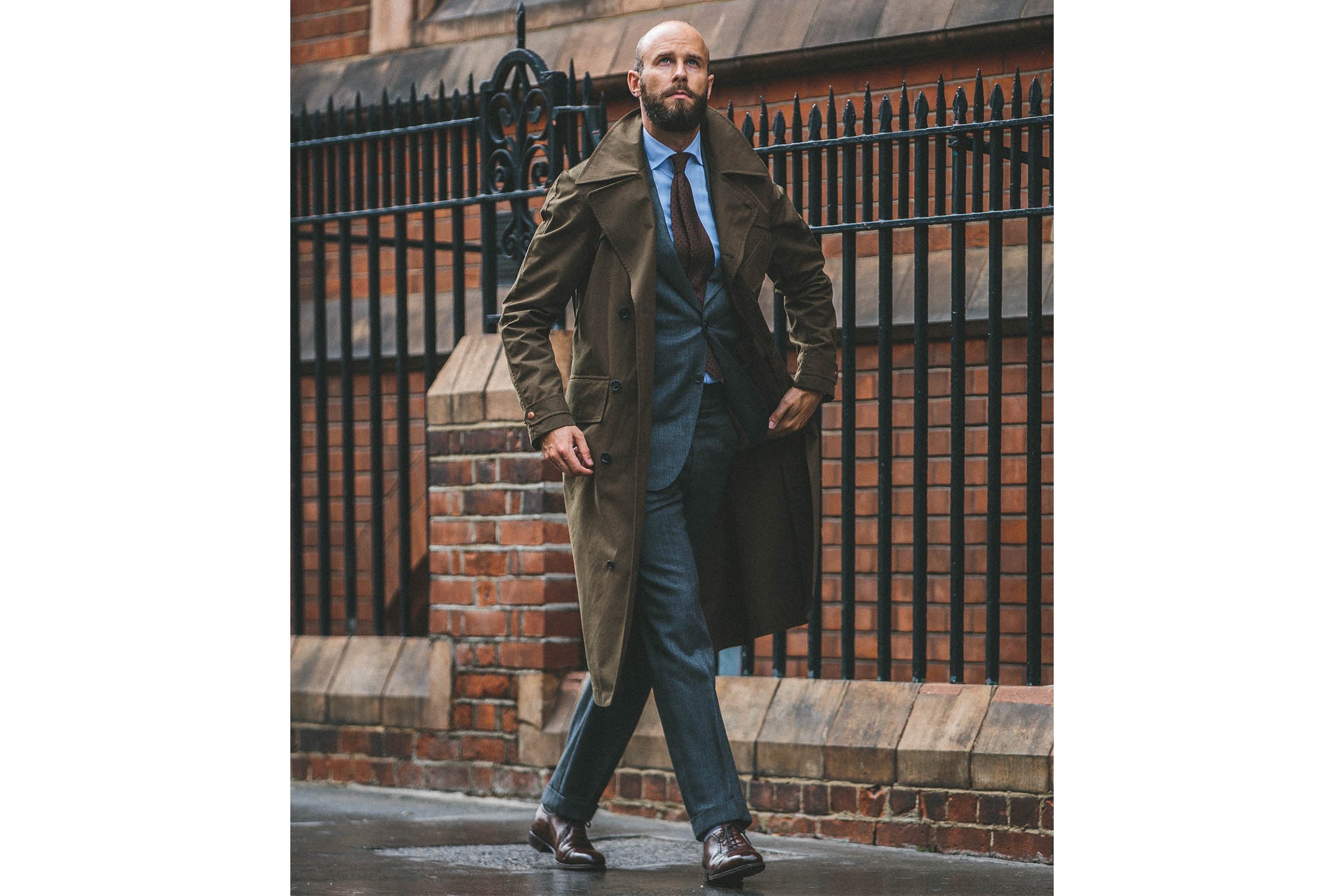
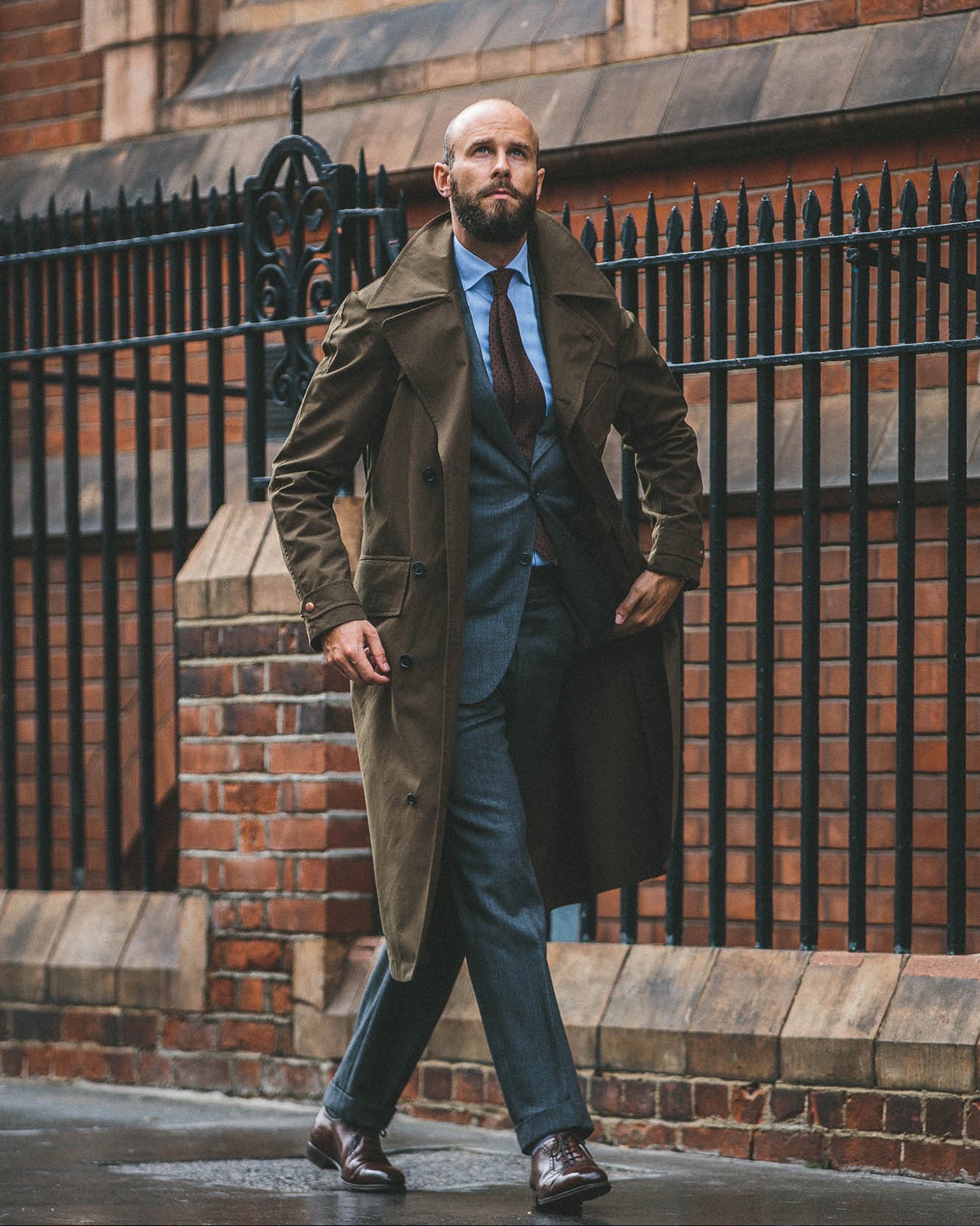
Simon Crompton needs no introduction. The British journalist has been writing detailed reviews and honest takes on the finest menswear for well over a decade via his well established site Permanent Style. He's also a good friend of ours and has been a MARRKT seller for several years. We asked him a few questions around his love for menswear and buying pre-owned.
You’ve been running Permanent Style for several years now, have written several books and established yourself as an authority on bespoke, craft and luxury menswear. Are you still as passionate about menswear now compared to when you first started? How has your style (and views) evolved over the years?
Good question. I am as passionate about it, yes, but I do wonder sometimes whether that passion would have changed if I wasn't doing this for a living. It's not that I ever have to force my interest at all, but that writing Permanent Style and other publications keeps me always engaged — readers comment dozens of times every day, asking my advice on issues they have, or giving their views and experiences. That means I'm constantly thinking about clothing from lots of people's points of view, not just my own.
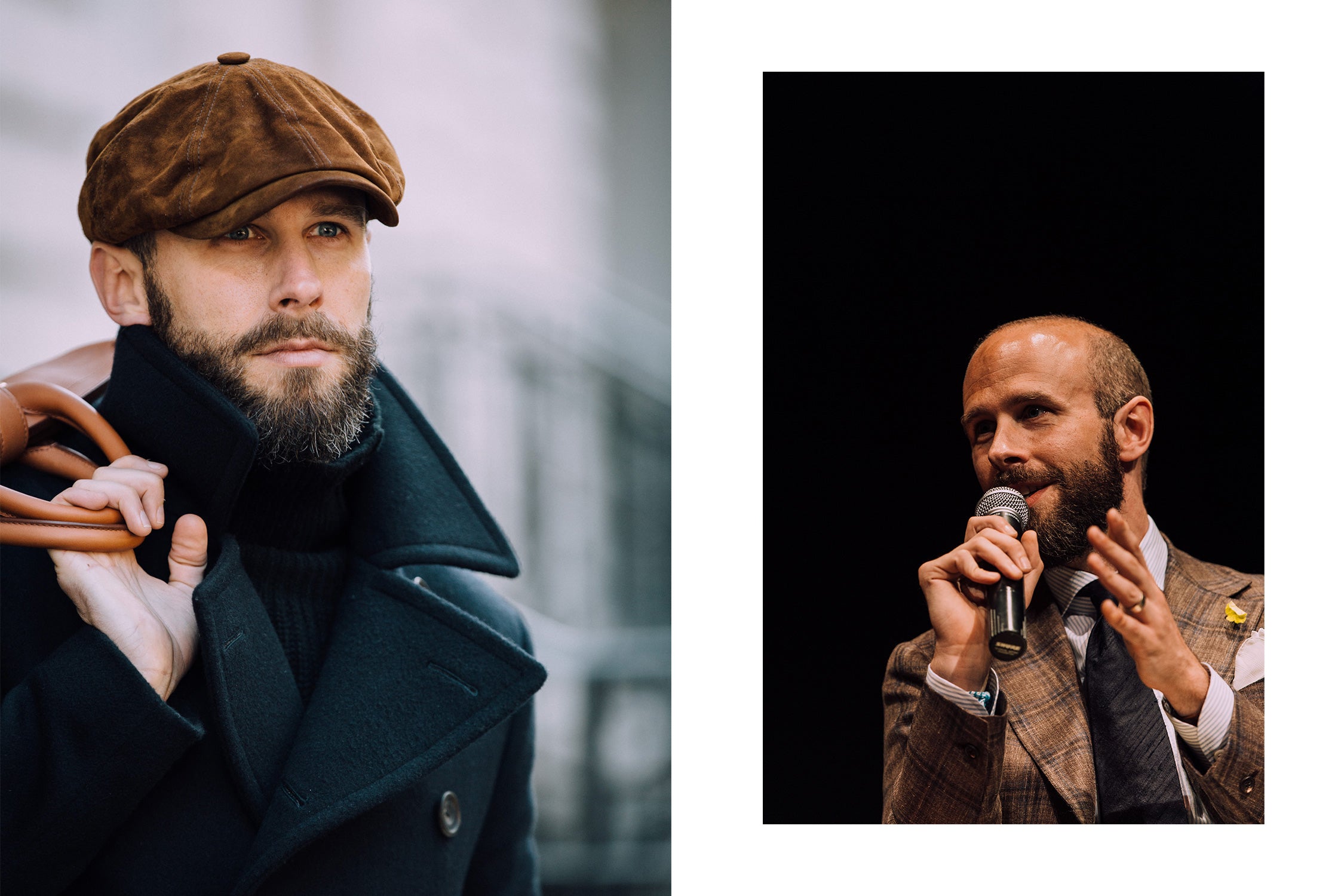
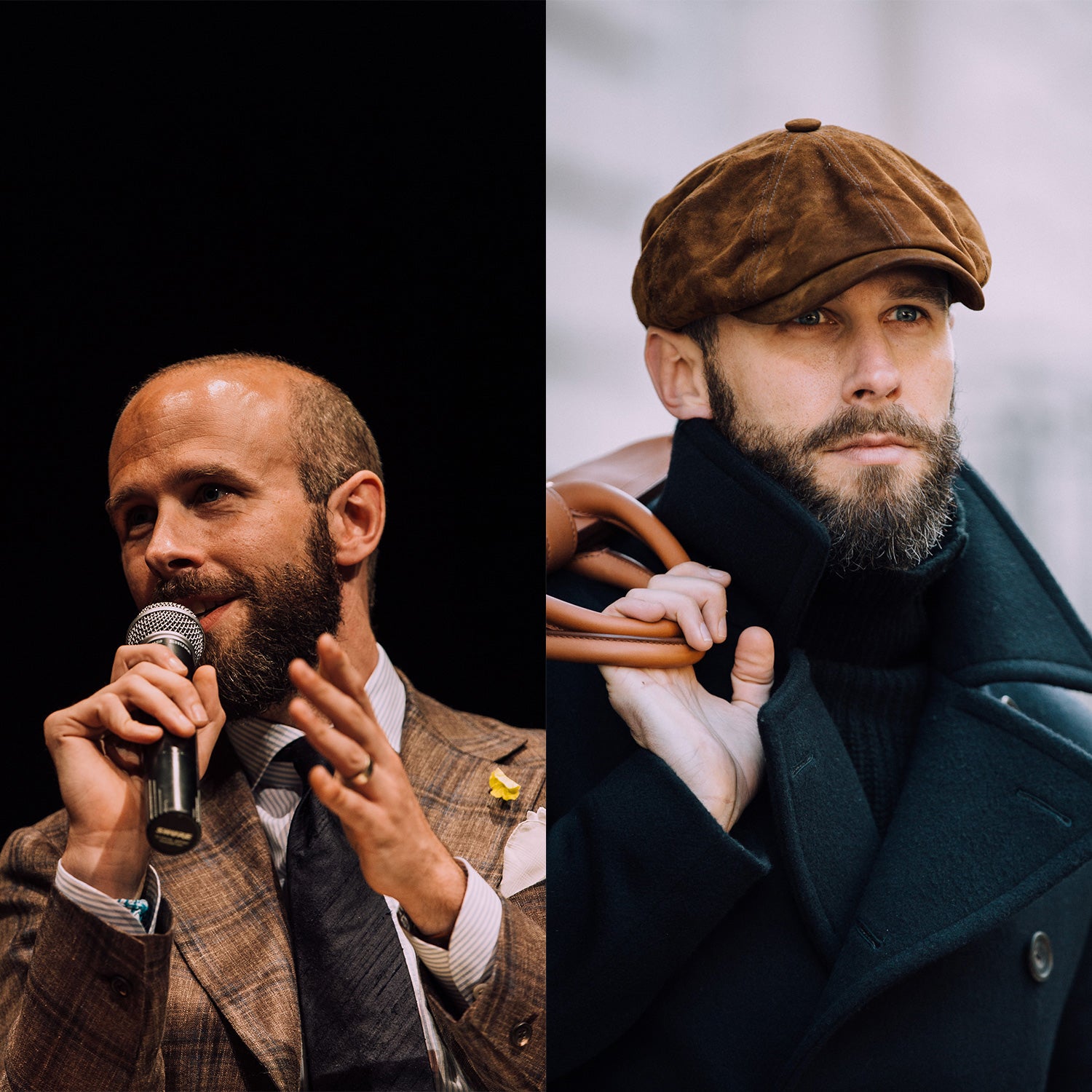
You’ve been a firm supporter of MARRKT for quite some time. From your perspective, what are the benefits of selling and buying pre-owned?
I guess the most obvious benefit is extending the life of a piece of clothing. As someone that receives a lot of products to review, and now creates samples to develop my own products, I would find it very frustrating if all those clothes went to waste, because I wasn't wearing them. There's nothing worse than seeing clothes just thrown away, or not used at all. I think that's the thing I find so unappealing about a lot of the way in which fashion works. Couture, or small collections, are OK — but large, always new collections where a large percentage simply gets wasted, drive me mad.
The other benefit, of buying pre-owned, is that often the clothes have character built in. It can be similar to buying vintage. I like buying an old leather jacket that's been beaten in and shaped by someone else for a few years, and then taking it on myself and adding my part in its story.
There are some real gems in your items for sale. Can you share any interesting stories on some of your pre-loved pieces?
Quite a few of my pieces have been sold in recent years because I've changed body shape, getting a little bigger in the chest and waist. So if you're a size down from me you're in luck! But a lot are also a question of changing style as well. I am less interested in slimmer, sleeker shoes these days, or ultrafine shirts and knits — but also, I know a lot of people that love that. My style has simply evolved. And again, that would be frustrating if there were no way to get those pieces to someone else that would appreciate them. But places like MARRKT enable that to happen.
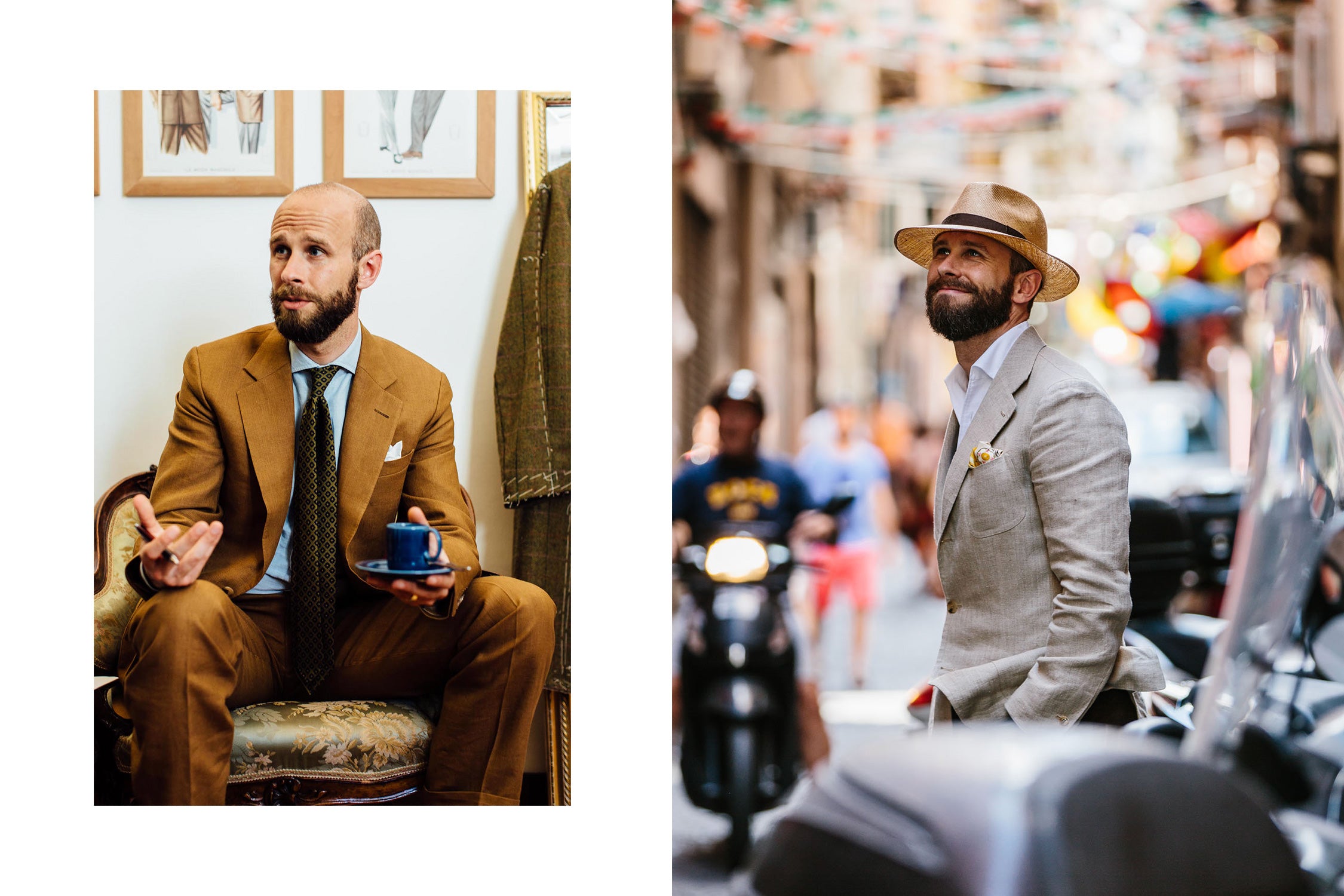
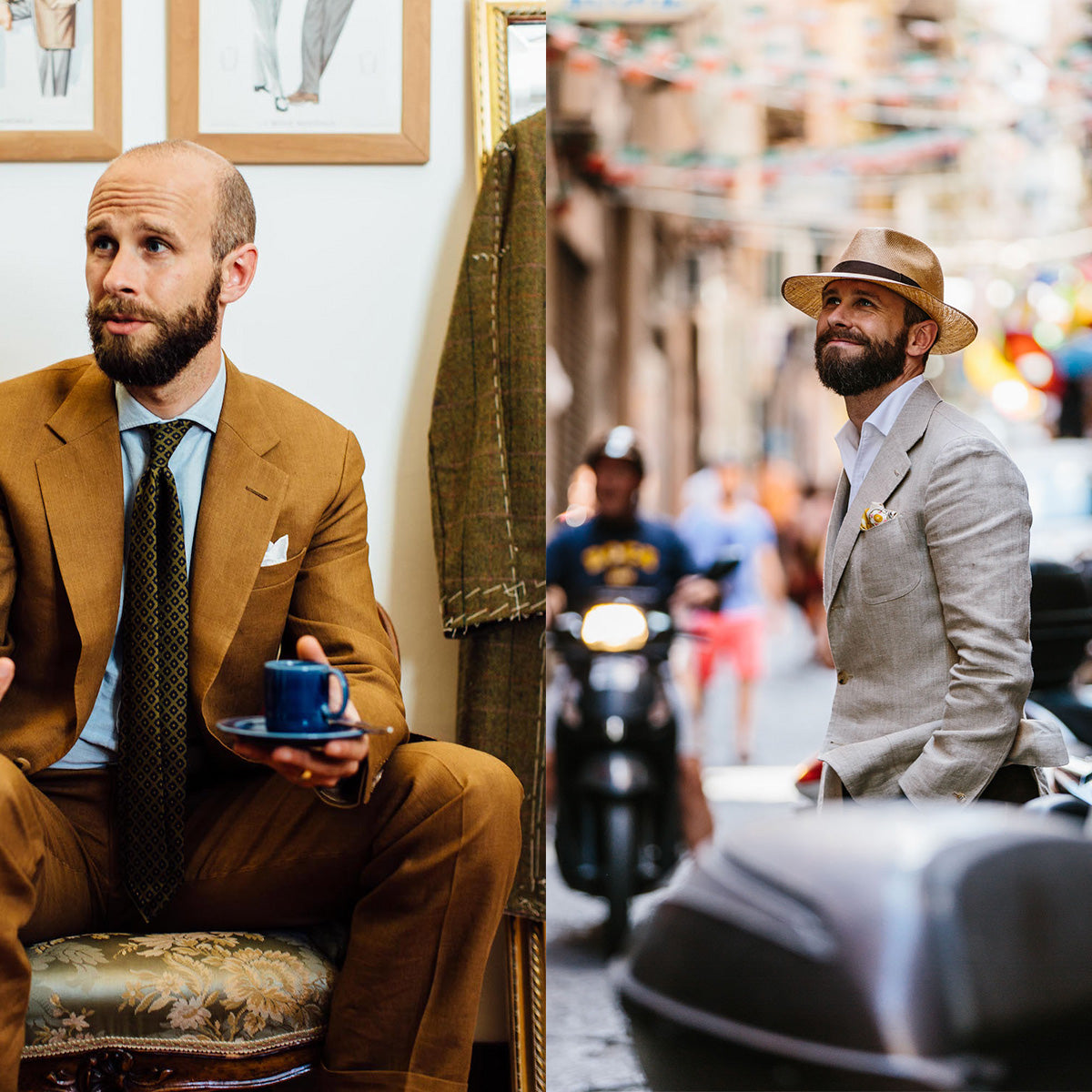
We’d be interested to know (with your journalistic background and extensive knowledge) how you think menswear is going to evolve in the coming years? Both from a trend and consumer behaviour perspective?
It should be no surprise that pre-owned clothing is growing, as is the interest in vintage. I also think you can see a trend towards more comfortable, often larger-fitting clothing. I think the key as a consumer there is not to jump to extremes — adapt your style rather than changing it entirely. It might be as simple as letting out the shoulders and body of your jackets, for example.
Interestingly, though, I also think there's an increasing splintering of trends, which makes it hard to pick these things. The media we consume is so varied now, and we effectively tailor it to our tastes with who we follow on social media and elsewhere. It means there can be multiple trends all going on at once, because just because mainstream shops are selling something, you might not even ever see it. That also means subcultures can be sustaining and last longer — all it needs is a community of a few hundred people around the world who follow each other, inspire each other, buy and so support the same brands, and that subculture of style can exist on its own very happily without any need for mainstream acceptance.
Take a look at Simon's selection of pre-owned pieces from the likes of Chapal, Seraphin and Permanent Style.








